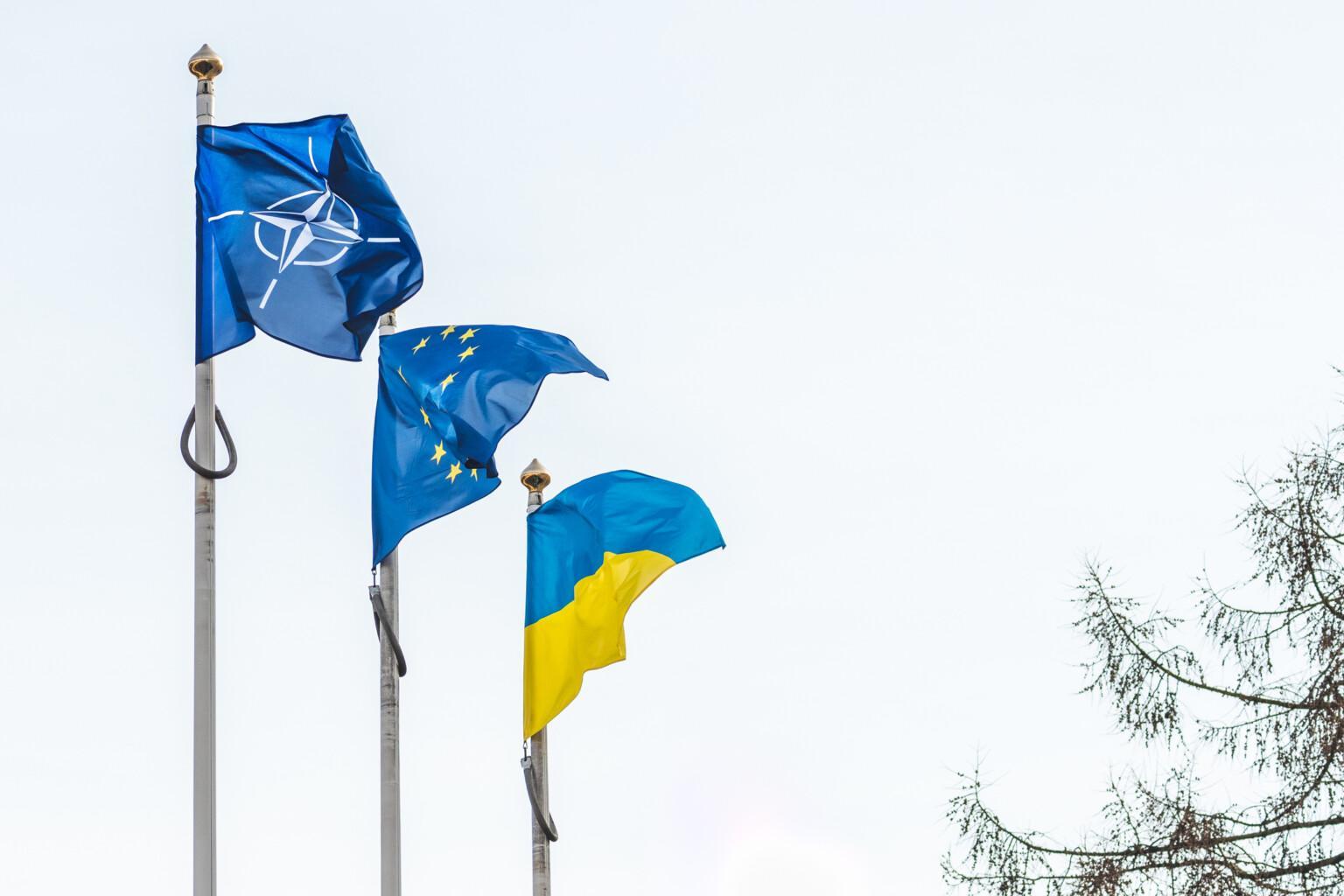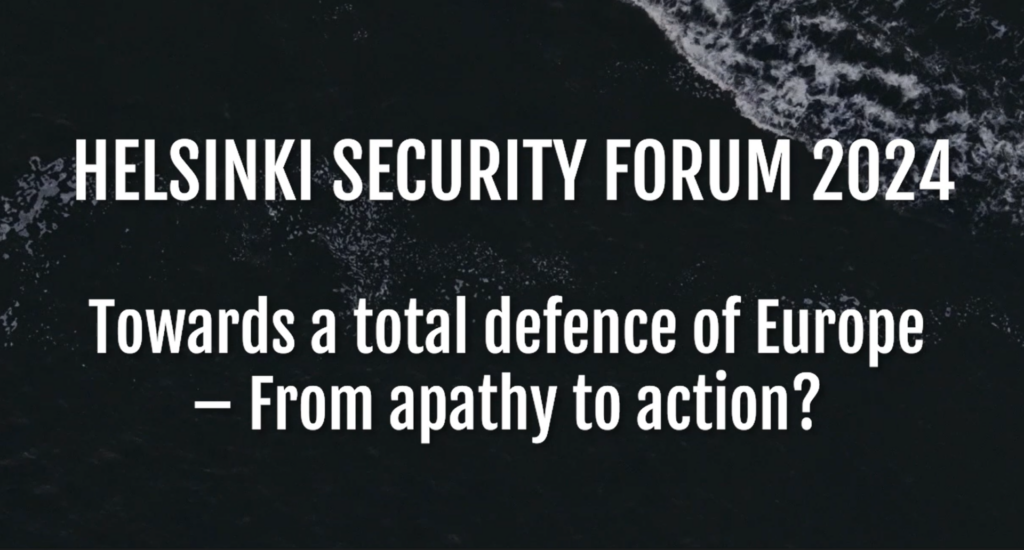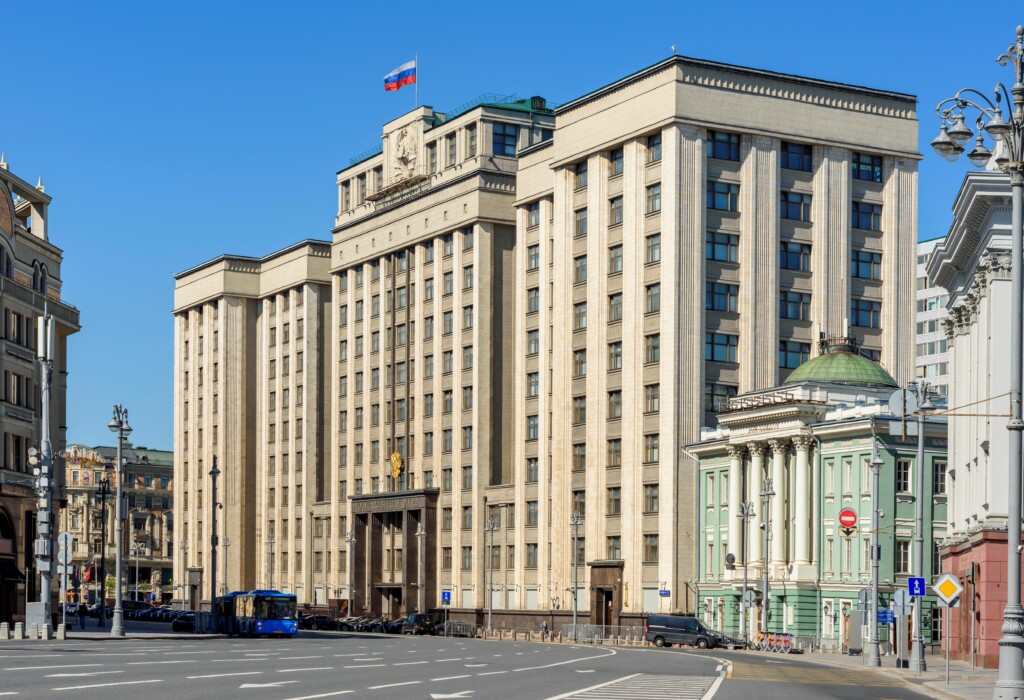Publications

Europe must quickly ramp up its resilience against hybrid threats
Russia keeps challenging Europe with new and old types of hybrid threats on a regular basis. It is intentionally targeting carefully charted vulnerabilities in European societies. This clear strategic intent was recently demonstrated by a classified addendum to Russia’s official Foreign Policy Concept. According to the Washington Post, the updated document calls for an “offensive information campaign” and other measures spanning “the military-political, economic and trade and informational psychological spheres” against a “coalition of unfriendly countries”. At the same time, Europe is increasingly experiencing hybrid threats from actors linked to China, with an intent to interfere with politics, shape the public opinion, gather intelligence and gain access to critical infrastructure.
Some of the recent threats facing Europe particularly from Russia and China include sabotage in both the physical and cyber domains, election interference and elite capture, widescale information warfare amplified with AI tools, instrumentalized migration flows, GPS jamming, malicious cyber activities, lawfare and espionage.
Russia is sometimes using different proxy actors to hide its role in hybrid interference. At the same time, however, it has become more overt in some of its activities in Europe. While many of the recent threats aim specifically to undermine European support to Ukraine, Russia’s actions should be perceived as a long-term threat that requires sustainable long-term solutions.
While many of the recent threats aim specifically to undermine European support to Ukraine, Russia’s actions should be perceived as a long-term threat that requires sustainable long-term solutions.
The EU should have a unified and coordinated response to these threats using all its policy instruments, as well as the national instruments of its member states. An ideal response should begin with comprehensive, shared foresight and coherent situational awareness to identify the actors. This approach could lead to joint attribution and countermeasures such as sanctions and effective deterrence against future actions. At the same time, EU and its member states should maintain their preparedness against a variety of disturbances by quickly ramping up their resilience against hybrid threats.
Resilience typically refers to the ability of society to resist, absorb and recover from the negative effects of threats and emergencies securing the vital functions of society. These vital functions are constantly challenged by hybrid threats from Russia and China, and an effective response requires attention to all aspects of resilience. The EU must ensure provision of critical goods and services to the population, but at the same time enhance the population’s own resilience against crises and hybrid threats. This requires raising wide awareness of the threat landscape across the populations.
Resilience is not a sufficient response to hybrid threats alone. However, building resilience can deter future hybrid threats by making them redundant or ineffective.
The EU is determined to build its joint preparedness and resilience in the face of an ever more unstable world and Europe. In March 2024, the European Council tasked in its Conclusions the European Commission to ”propose actions to strengthen preparedness and crisis response at EU level in an all-hazards and whole-of-society approach”. In relation to this, President von der Leyen has also requested the former Finnish President Sauli Niinistö to report on the European Union’s crisis resilience. These initiatives should enhance preparedness for both military and non-military crises, including events that are challenging Europe on a daily basis below the threshold of armed aggression. At the same time, the EU is making progress on some key initiatives, including the establishment of EU Hybrid Rapid Response Teams and applying sanctions against hybrid threat actors.
While much of the focus in NATO’s recent Washington Summit was on military defence and deterrence and on support to Ukraine, NATO also paid increasing attention to Russian hybrid threats and called out its use of hybrid warfare to destabilise NATO allies. Building resilience has been a focus for NATO from the very beginning, as outlined in Article 3 of the North Atlantic Treaty.
For NATO, resilience particularly means the individual and collective capacity to resist an armed attack as outlined in Article 3, as well as ensuring the continuity of the Alliance’s activities and enabling collective defence. Therefore, NATO has a particularly important role in defining the basic requirements for resilience across the Alliance as outlined in the seven baseline requirements for national resilience at the 2016 Warsaw Summit, reinforced in the strengthened resilience commitment in 2021 and finally formulated into resilience objectives in the 2023 Vilnius Summit. At the recent Washington Summit, Allies decided to integrate civilian planning into national and collective defence planning and committed to deepen cooperation with partners, especially with the EU.
With the growing challenge of hybrid threats against Europe particularly from Russia, building resilience across Europe has become more urgent than ever. As highlighted in NATO’s Washington Summit, resilience should be a joint effort for the EU and NATO. Both have robust frameworks and toolboxes for building resilience and preparedness in coordination and cooperation.
Resilience should be a joint effort for the EU and NATO. Both have robust frameworks and toolboxes for building resilience and preparedness in coordination and cooperation.
While much of the competence on building resilience lies with individual nations, the EU and NATO have an important role in ensuring coherence through coordination and in building common tools, approaches and capacities. The NATO-EU Task Force on Resilience of Critical Infrastructure established with the third EU-NATO Joint Declaration in 2023 is an important step to enhance NATO-EU cooperation in this specific field and should be leveraged to the maximum extent. Joint threat analysis and foresight will enable an early response, whereas joint situational awareness builds capacity for joint attribution. Unity among partners reinforces both the response and deterrence.
Hybrid CoE does its own part in bringing all EU and NATO members together to share best practices and develop new approaches for building resilience. It will continue to analyse, inform and train countering hybrid threats to its participating states. Now that all EU members and NATO Allies are Participating States of Hybrid CoE, it has a strong mandate to strengthen EU-NATO cooperation. Hybrid CoE recently published a Working Paper by Christian Fjäder and Johan Schalin on Building resilience to hybrid threats with best practices from the Nordic states. One of the key conclusions from this work is that stronger coordination of intelligence, analysis, decision-making and countermeasures bringing whole-of-government and whole-of-society resources together is crucial for countering some contemporary threats and ensuring the continuity of vital societal functions. Some of the lessons from the Nordics can be useful for enhancing European resilience towards hybrid threats as well and the EU could apply some of these best practices in its coordination structures and decision-making processes.
The momentum has never been stronger for enhancing resilience across Europe. This presents a good opportunity for the incoming NATO Secretary General and the new European Commission to seek synergies and strengthen their cooperation on a joint priority area.
Tapio Pyysalo is Head of International Relations at the European Centre of Excellence for Countering Hybrid Threats. He is a career diplomat on leave from the Finnish Foreign Service with extensive experience in security policy and multilateral diplomacy from the UN, EU, NATO and WTO.

HSF 2025 asks ‘The Hour of Europe’: Can the old continent chart a new course for its future?
Helsinki Security Forum 2025 brings experts and decision-makers together to ponder the hard questions and explore Europe’s path forward.

Helsinki Security Forum 2024 addresses the need for European total defence
The third annual Helsinki Security Forum (HSF) will be held on 27–29 September 2024. This year’s conference is titled Towards...

for HSF Blog
Rejecting Russian Spheres of Influence
The EU has rejected the language of spheres of influence in favour of an international order based on common rules...

About the author
Tapio Pyysalo
Head of International Relations, European Centre of Excellence for Countering Hybrid Threats
Tapio Pyysalo is Head of International Relations at the European Centre of Excellence for Countering Hybrid Threats. He is a career diplomat on leave from the Finnish Foreign Service with extensive experience in security policy and multilateral diplomacy from the UN, EU, NATO and WTO.